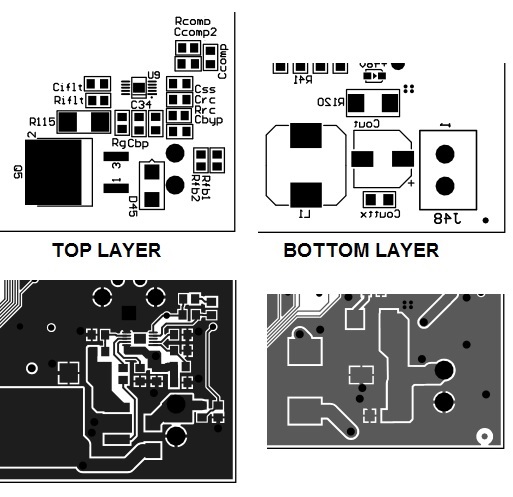Other Parts Discussed in Thread: CSD18543Q3A, CSD18542KTT
Hi,
I use the design below from the webdesign (I don't know if the link works)
Some few values are very slightly different (for normalized one)
I encounter a problem to sourcing enough current from this design. The current parameters was selected for 1.5A and I can barely source more than 100-200mA before seeing voltage decrease (with a voltmeter and a LED is used to check that 48V is present, it starts blinking when regulation start to do not works).
I use resistive load for testing, with 100 ohms the problem is clearly visible.
I thought as my power supply was not close to the chip that it was the mainly reason, but adding 47µF close to the initial Cin didn't improve the results.
All components are all grouped on a small area.
Thanks for your help.





















